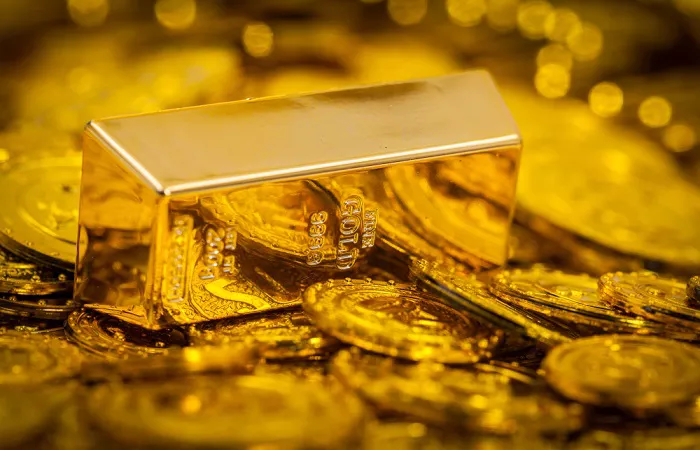Gold has been a precious metal for thousands of years, captivating civilizations across the globe with its luster, malleability, and enduring value. From ancient Egypt, where it was used to adorn the tombs of pharaohs, to the modern financial markets, gold has held a special place in human history and the global economy. Its value has been recognized worldwide, not only for its aesthetic appeal in jewelry but also as a reliable store of wealth and a hedge against economic uncertainties.
Factors Influencing the Price of Gold per Troy Ounce
Economic Factors
Currency Markets: Gold is primarily priced in US dollars. When the US dollar strengthens, the price of gold in other currencies may fall, and vice versa. For example, if the euro weakens against the US dollar, the price of gold in euros may increase even if the dollar – denominated gold price remains stable.
Inflation: High inflation erodes the purchasing power of fiat currencies. As a result, investors often turn to gold as a hedge against inflation. When inflation is expected to rise, the demand for gold increases, driving up its price.
Interest Rates: There is an inverse relationship between interest rates and the price of gold. When interest rates are high, investors are more likely to put their money in interest – bearing assets such as bonds and savings accounts. This reduces the demand for gold, causing its price to decline. Conversely, when interest rates are low, gold becomes more attractive as an investment, and its price tends to rise.
Geopolitical Factors
Political Unrest and Conflict: Political instability, wars, and terrorist attacks create uncertainty in the financial markets. Investors seek the safety of gold during such times, leading to an increase in its price. For instance, during the Gulf War in the early 1990s, the price of gold spiked as investors worried about the impact of the conflict on the global economy.
Government Policies: Monetary policies, such as quantitative easing, can have a significant impact on the gold price. When central banks print more money, it increases the money supply and can lead to inflation. This, in turn, makes gold more valuable as a store of value.
Supply and Demand Factors
Demand from Industries: Gold is used in various industries, including jewelry, electronics, and dentistry. The demand from these industries affects the overall demand for gold. For example, the jewelry industry is a major consumer of gold, accounting for a significant portion of the total demand. During peak seasons such as Diwali in India and Christmas in the West, the demand for gold jewelry increases, putting upward pressure on the gold price.
Investment Demand: Gold is a popular investment asset, and investors often buy gold coins, bars, and exchange – traded funds (ETFs) to diversify their portfolios and protect against market downturns. The level of investment demand can have a significant impact on the price of gold. For example, during the 2008 financial crisis, the demand for gold as a safe – haven asset increased sharply, causing its price to soar.
Supply from Mining and Recycling: The supply of gold from mining and recycling also affects its price. New discoveries of gold mines and improvements in mining technology can increase the supply of gold, putting downward pressure on its price. On the other hand, a decrease in mining production or an increase in the cost of mining can reduce the supply of gold and lead to a price increase. Recycling of gold also plays an important role in the supply – demand equation, as it provides an additional source of gold.


